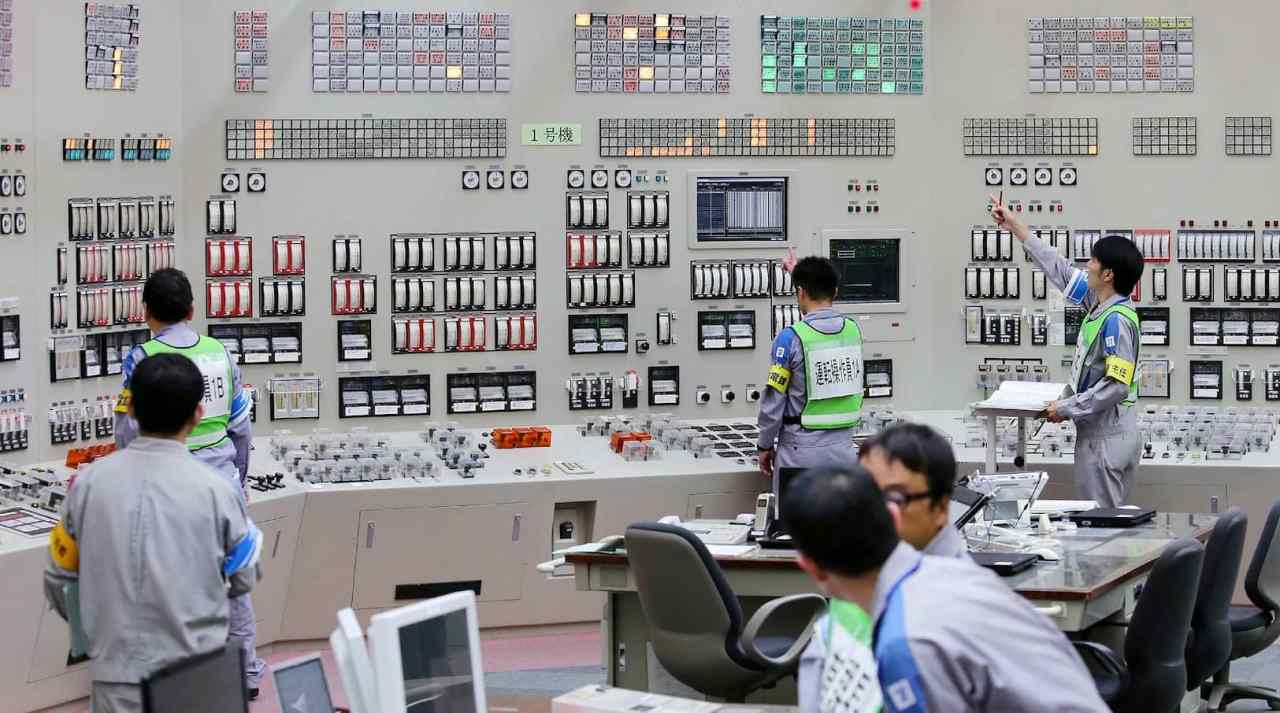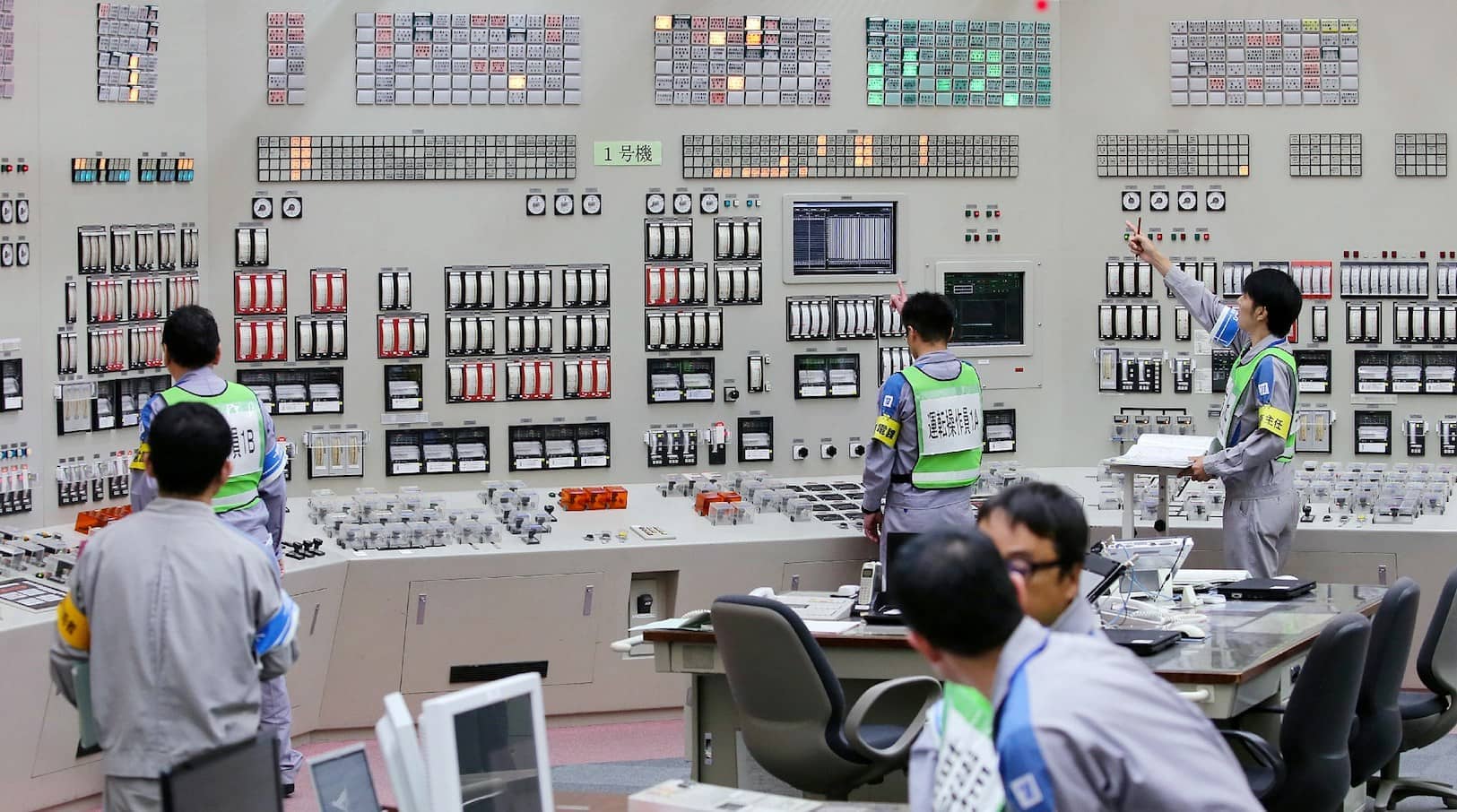Japan is reversing its avowedly anti-nuclear stance, restarting idled plants and looking to develop a new generation of reactors, announced Prime Minister Fumio Kishida on Wednesday. This major policy shift from the world’s third biggest economic power underlines both the seriousness of the global energy crisis and points to the most likely way ahead.
This announcement would have seemed unimaginable a decade ago in the wake of the Fukushima nuclear disaster, which saw the plant flooded and led to three separate hydrogen explosions. Then prime minister Naoto ordered those living within a 12-mile radius of the plant to be evacuated as the Fukushima area was designated a contaminated wasteland. I well remember the widespread fear that we were days away from a radioactive cloud heading south to engulf us in Tokyo. Many fled, while others refused to venture outdoors. Iodine tablets were distributed and we hoped for the best.
The worst prophecies of disaster didn’t come true. The fact that it subsequently became apparent that the main problem with Fukushima was its ill thought through coastal location and poor plant design rather than any inherent problems with nuclear energy was immaterial. Voices of moderation and caution were drowned out by the shrill denunciations of the already powerful anti-nuclear lobby, who saw their apocalyptic warnings being fully justified.
The survivors of the two nuclear attacks are dwindling in number and the once regular anti-nuclear marches are seldom seen
Under pressure, prime minister Naoto pledged to ‘reduce and eventually eliminate [Japan’s] dependence on nuclear power’. He immediately closed the ageing Hamaoka plant and called for the abandonment of plans to build 14 new reactors. Japan now has just seven operating reactors (from a pre-Fukushima high of 50) with three offline due to maintenance. There are many others still in existence, but their operation is being held up by the strict licensing process imposed after Fukushima.
Around 80 per cent of the Japanese public opposed nuclear power in aftermath of Fukushima. The most vocal opposition came from the Hidankyo group – made up of survivors of the bombings of Hiroshima and Nagasaki. The group, who had 10,000 members at the time, called for the complete end of nuclear power generation in Japan back in 2012. Japan’s nuclear program seemed moribund.
But that was then and this is now. The ramifications of the war in Ukraine have made Japan, which imports 90 per cent of its energy, especially vulnerable. Then there is the post-lockdown financial crisis with its symptom: inflation, almost unheard of in Japan, is causing palpitations and focusing minds.
Then there is Kishida himself, whose views on energy have always seemed to favour the practical and achievable. He is one of the least vocal world leaders on anthropogenic climate change – does he really believe in it? This is the man who won the ‘fossil of the day’ award at COP26 for a speech deemed insufficiently zealous about the net-zero agenda. He has been diplomatically vague on the issue throughout his career, stressing the importance of energy security and technology as much as carbon emissions reductions.
Kishida’s announcement has surprised many, but it perhaps shouldn’t have done. He gave hints of his thinking on the matter in an important but underreported policy speech at the Mansion House in London in May (it was the same day Graham Brady announced the Tory leadership contest). He paid lip service to Japan’s 2030 emissions reduction targets (46 per cent by 2030 – as imagined in a ‘vision’ by jejune environment minister Shinjiro Koizumi) but since the target was set before he became PM and the end date will almost certainly fall outside Kishida’s tenure, it can’t be taken too seriously.
The key phrase he used in London was when he said Japan’s environmental policy must be compatible with ‘maintaining a stable energy supply’, a theme he developed by stressing the importance of nuclear energy while making only the briefest mention of renewables (no targets here). He didn’t even promise to phase out Japan’s remaining coal plants. It was strikingly equivocal language for a world leader at the time.
Kishida is even bolder now. He won a resounding victory in July’s upper house election and perhaps feels there will never have a better time to chart a new course. In any case, the fervent antipathy to all things nuclear is dissipating. Even though Kishida is from Hiroshima and has made a commitment to peace inspired by the bombing of his birthplace a theme in his public comments, the resonance of that event is slowly diminishing. The survivors of the two nuclear attacks are dwindling in number and the once regular anti-nuclear marches are seldom seen. The public mood has changed.
The question now is what impact Japan’s move will have on other countries. Most likely it will add some momentum to similar movements seen elsewhere. In the meantime, the message from Japan is this: we are heading back to what we told you once was the future, and then told you wasn’t; while not, of course, admitting that we shouldn’t have changed course in the first place.








Comments